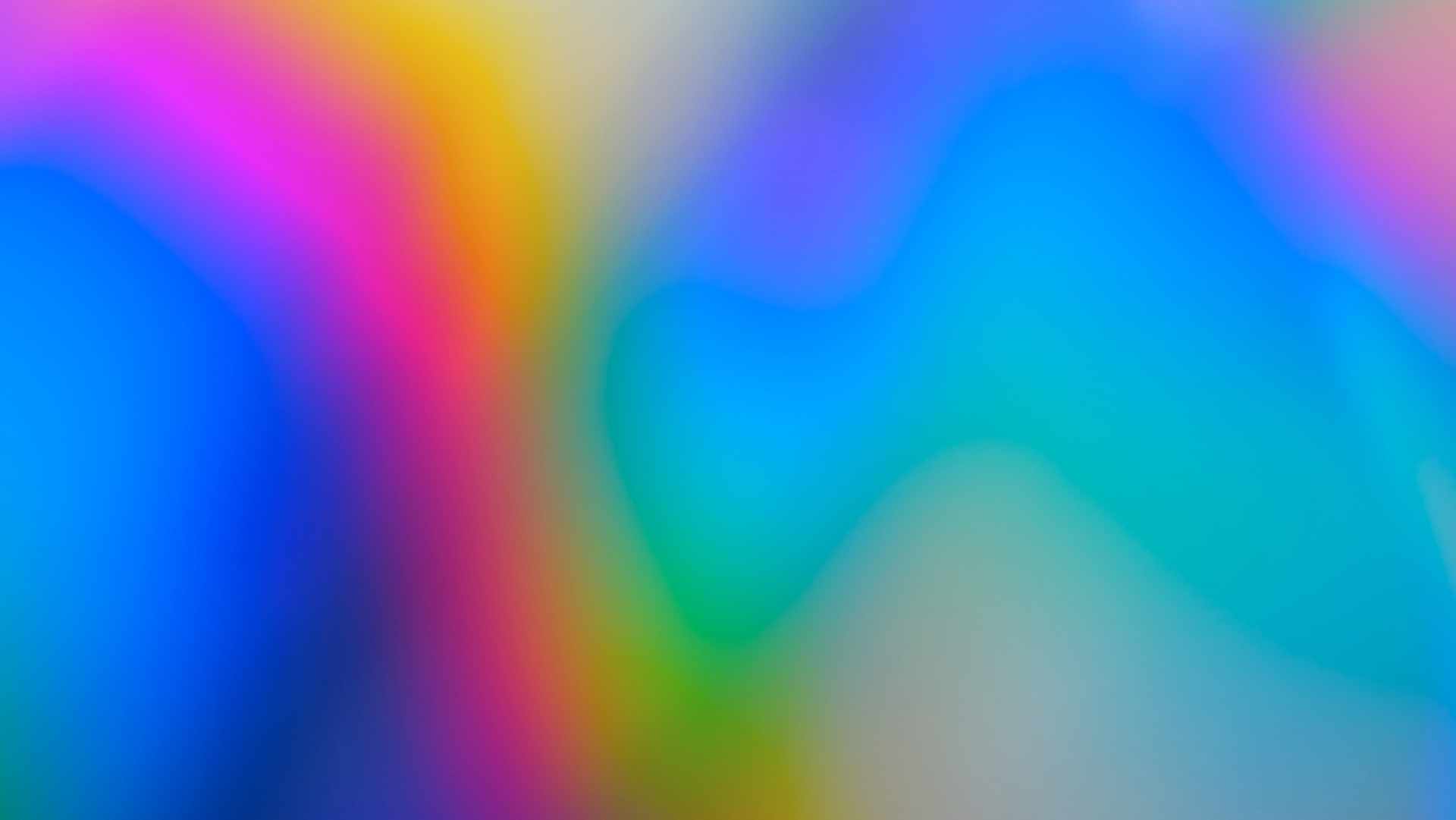
Color is a fundamental aspect of our visual experience. Color psychology can shape how we perceive and interpret the world around us. From the breathtaking hues of a sunset to the subtle shades of a well-designed advertisement, color plays a pivotal role in art and science. Color theory is the systematic study of how colors interact, combine, and evoke emotions, offering insights into the visual harmony that surrounds us.
In the realm of art, color theory delves into the principles that guide artists in creating captivating and impactful compositions. Artists and designers use color as a powerful tool to convey mood, communicate messages, and draw attention. From the calm serenity of blue to the energetic vibrancy of red, each color carries its own symbolic significance that varies across cultures and contexts.
Beyond the realm of aesthetics, color theory also finds its applications in various practical fields. In graphic design and marketing, understanding the psychology of colors helps professionals elicit specific emotional responses from their target audiences. Architects and interior designers harness color theory to influence spatial perceptions, shaping how people experience built environments. Moreover, fields like psychology and neuroscience explore the intricate relationship between colors and the human mind, shedding light on how colors can impact our mood, cognition, and behavior.
This journey into color theory will take us through the color wheel, color harmony, color mixing models, and the principles that govern color interactions. By delving into the science, psychology, and artistic applications of color, we unravel the captivating world of hues, tints, and shades that adds depth and meaning to our visual encounters. Whether you’re an artist seeking to create evocative works, a designer aiming to captivate an audience, or simply someone intrigued by the enchanting interplay of colors, the study of color theory invites you to explore the spectrum of possibilities that colors offer.
The psychology of color selection matters because colors have a profound and often subconscious impact on human emotions, perceptions, and behaviors. When choosing colors in various contexts, such as design, marketing, branding, and even personal spaces, understanding the psychological effects of different colors can lead to more effective communication, evoke desired emotions, and influence decision-making.
Colors have the ability to evoke specific emotions and feelings. Warm colors like red and orange tend to elicit feelings of energy and excitement, while cool colors like blue and green can evoke calmness and tranquility. By strategically choosing colors that align with the desired emotional response, designers and marketers can enhance the overall impact of their creations.
In branding, colors play a pivotal role in conveying a brand’s personality and values. Consistently using specific colors across branding materials helps create a strong and recognizable brand identity. For example, the color blue is often associated with trust and reliability, making it a popular choice for financial institutions.
Colors can be used to reinforce or highlight messages. A call-to-action button in a bold color like red can draw immediate attention, while softer colors may be used for background elements to convey a more subtle message. The right color choices can enhance the clarity and effectiveness of communication.
Different cultures associate colors with distinct meanings and symbolism. For instance, white might symbolize purity and innocence in one culture, while it could represent mourning in another. Being aware of cultural associations is crucial when designing for a global audience.
Colors can influence consumer behavior and purchasing decisions. Retailers often use color psychology to create store environments that encourage shoppers to spend more time and money. For instance, warm colors might create a sense of urgency, prompting impulse purchases.
Colors can impact how we perceive spaces and environments. Lighter colors can make rooms feel more spacious and open, while darker colors can create a cozy and intimate atmosphere. Interior designers and architects consider color psychology when selecting palettes for various spaces.
In design, colors can establish a visual hierarchy by guiding the viewer’s attention. Using contrasting colors for important elements helps them stand out, directing the viewer’s focus where it matters most.
In essence, the psychology of color selection goes far beyond aesthetics; it taps into our innate reactions to color stimuli, which can shape our perceptions and decisions. By harnessing the power of color psychology, individuals and businesses can create more impactful visual experiences that resonate on both conscious and subconscious levels.
Colors are often linked to memories and associations. Using consistent color schemes in educational materials or presentations can aid memory retention and recall. Likewise, businesses can leverage color to enhance brand recognition and recall.
Color psychology suggests that different colors can evoke a range of emotions, perceptions, and associations. Here’s a brief overview of what each of the mentioned colors signifies:
It’s important to note that color associations can vary based on cultural, personal, and contextual factors. Additionally, individual experiences and perceptions can also influence how someone responds to different colors. When utilizing color psychology, it’s essential to consider the overall context and the desired emotional response to create the intended impact.
mail: hello@amirulbaharudin.com
whatsapp: +6013 5988 270
location: Perlis, Malaysia
business registration:
202003149561(RA0058929-T)
business hours:
8:00AM to 5:00PM(GMT +8)
Always Open For Discussion
This site is protected by reCAPTCHA and Google Privacy Policy and Terms of Service apply